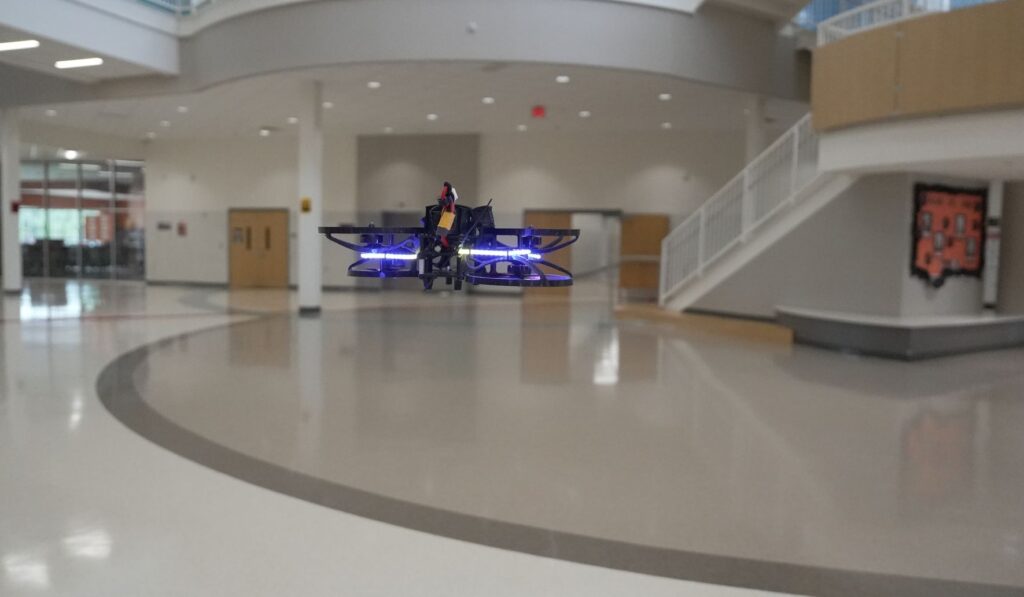A concise look at a Texas startup testing a novel security drone for schools that uses nonlethal measures to confront active threats.
This company is developing an airborne response tool aimed at stopping attackers without lethal force, pairing technological reach with less-lethal payloads. The idea is to provide a rapid, autonomous intervention when every second matters. The approach mixes deterrence, distraction and physical interference to give school staff time to secure students or evacuate.
A Texas startup company is testing a first-of-its-kind security drone designed to thwart school shooters with nonlethal sirens, physical contact, pepper spray and flash-bang grenades. The drone is meant to act quickly, arriving on scene faster than human responders and using sensory and mechanical tools to interrupt an attacker’s actions. Developers say the machine blends audio warnings with visible and tactile disruption to reduce the shooter’s ability to continue harming people.
Engineers behind the project describe the system as a layered response rather than a single solution, with multiple tactics applied depending on how the situation unfolds. That could mean loud sirens and lights to disorient, followed by close-range measures like contact or irritants to limit mobility. The goal is pragmatic: create a fast, temporary window for people inside the building to get to safety while first responders move in.
Testing has focused on safety, reliability and predictable behavior in chaotic real-world situations, with trials designed to refine how the drone decides which nonlethal option to deploy. Operators and autonomous modes each play a role, and the development team stresses human oversight in critical decisions. Robust fail-safes and clear operational rules are part of the testing regime to prevent misuse or accidental escalation.
There are obvious ethical and legal questions around putting force-capable devices into schools, and those concerns are part of the conversation with district officials and regulators. Liability, chain of command, and the parameters for deploying irritants or physical contact all need careful policy framing. School leaders and lawmakers will have to weigh whether the potential to save lives outweighs risks tied to new defensive technologies.
Supporters argue this kind of drone fills a gap between passive security measures and armed responders, offering a nonlethal middle ground that could blunt an active attack quickly. Critics counter that any weaponized device in a classroom environment invites complex consequences and could be misused or fail at a crucial moment. Both sides point to the need for transparent rules, independent testing, and community buy-in before any deployment decision.
Operational questions also cover training, maintenance, and integration with existing emergency plans, because technology alone does not stop violence. Staff would need drills that include drone presence, and districts would face budgeting choices for installation, upkeep, and operator staffing. Real-world readiness hinges on clear protocols that coordinate drone action with lockdown procedures and first responder arrival.
Ultimately, the debate will hinge on whether this type of tool meaningfully changes outcomes during an attack and whether safeguards can be strong enough to minimize new risks. Evaluations will look at response times, reduction in casualties, and any unintended consequences from nonlethal countermeasures. The company’s tests aim to produce data that districts, policymakers and communities can use when deciding if and how to proceed with this new layer of school security.



